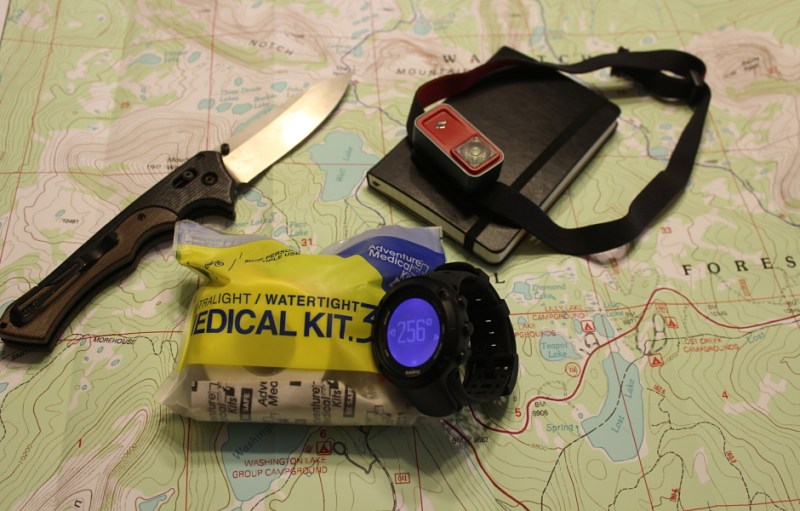
We’ve all probably experimented a little with GPS tracking longer runs and workouts, but what if you could plan them out before you even step out the door? We were first drawn to the all new Ambit3 after taking a sneak peak at Suunto’s powerhouse fitness tracker and app system built into their Movescount platform. By integrating data tracking of crucial training metrics – speed, heartrate, GPS info, altitude, and weather statistics among others – across your computer, smartphone, and Ambit watch, Movescount allows you not only to analyze previous workouts, but build new ones and upload them to your watch in preparation for a long weekend of exploring.
After a little tinkering with some of the apps and settings, we loaded a set of GPS waypoints into our Ambit3 and headed for the treeline. Using the specific sport modes (in our opinion the best feature of the watch), we were able to recall a GPS run route we’d previously programmed and hit a new set of trails far from home without worry of getting lost. When it was time to head back to the car, a simple “track back” function took us straight to our trailhead without any fuss, although it couldn’t help us remember what pocket of our running pack we had stashed the car keys in while trying to avoid a downpour. When we finally made it home, a quick download of our watch data allowed us to compare and analyze the run against previous workouts, and tragically, to see that we weren’t quite as fast as some of our four-legged running buddies.
If you’re looking for more gym and urban friendly fitness tracking, the Ambit3 has dozens of sport modes and hundreds of apps t0 customize your experience. We found it’s swimming trackers particularly helpful after forgetting our lap count at the pool over and over. It will also connect via bluetooth to your smartphone for notifications, so you won’t have to worry about missing that important call while hitting it hard at your crossfit class. Regardless of you sport or activity, the new Ambit3 is the perfect addition to your training and trekking gear this fall.


